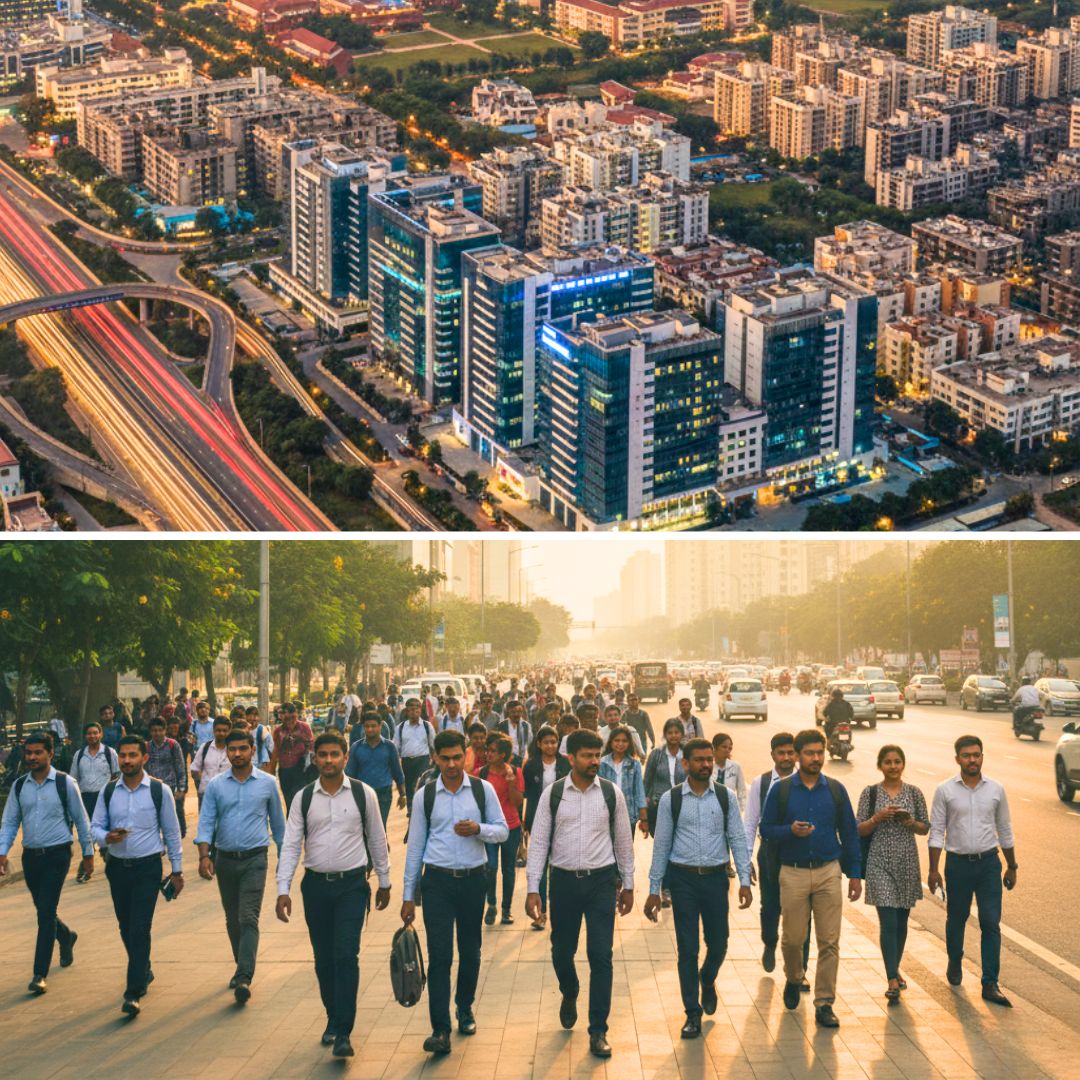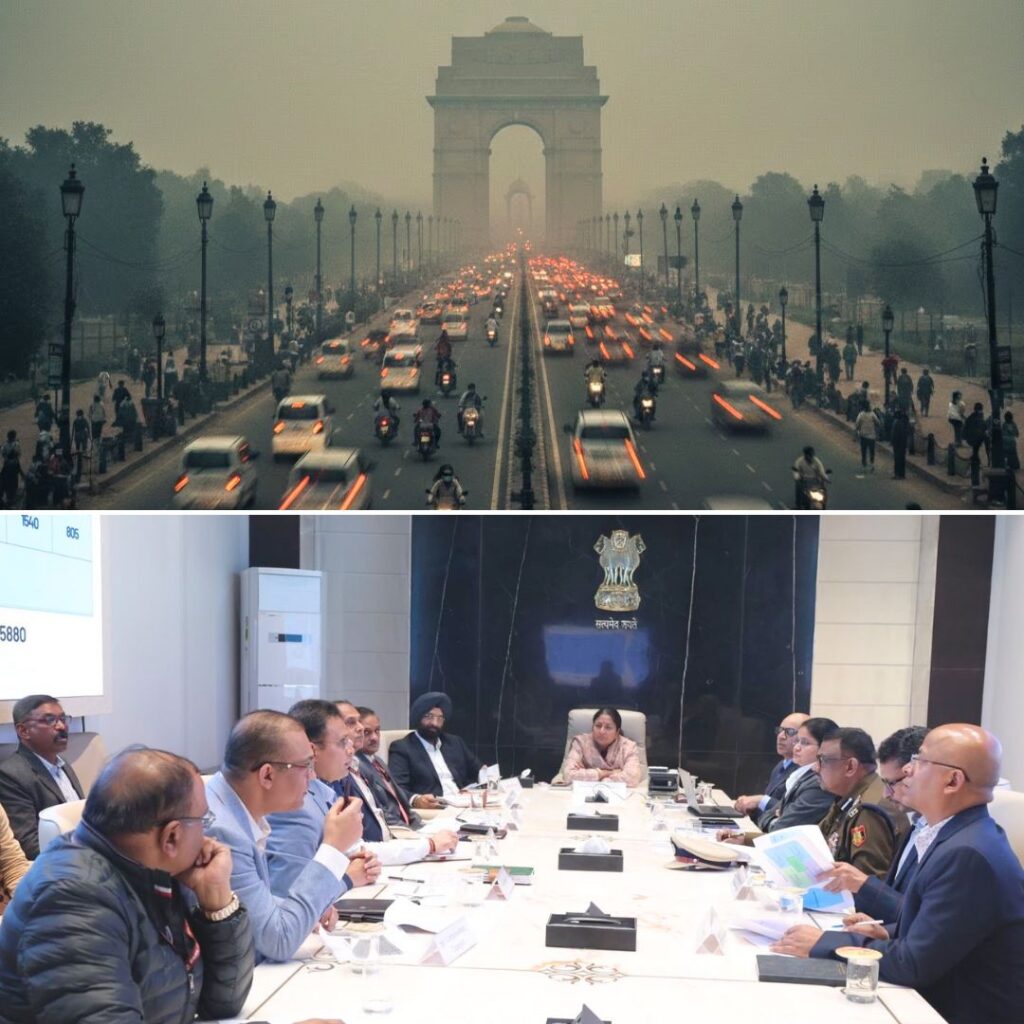Pune has emerged as the fastest-growing metro in India in terms of urban spatial expansion, with its built-up area swelling by 332% from 86 sq km in 1995 to 373 sq km in 2025, according to the latest “Cities in Motion” report by real estate platform Square Yards.
This dramatic development is driven by Pune’s evolution into a leading IT and start-up hub, aided by key infrastructure like the Mumbai-Pune Expressway and Rajiv Gandhi Infotech Park. City officials and experts acknowledge Pune’s rapid growth as a sign of economic progress but stress the urgency to address sustainability challenges arising from increased pressure on housing, transport, and natural resources.
Pune’s Rapid Growth: Numbers and Drivers
Pune’s built-up footprint expanded by 287 sq km in three decades, the largest percentage increase recorded among India’s eight major metropolitan cities tracked in the report. From a city once primarily known for its educational institutions and manufacturing base, Pune has transformed into a thriving technology and innovation centre.
Shishir Baijal, Chairman and Managing Director of Knight Frank India, said this surge highlights Pune’s rising appeal for talent and businesses nationally and internationally. Infrastructure projects such as the Mumbai-Pune Expressway and the Rajiv Gandhi Infotech Park catalysed this growth, while the expansion of residential and commercial real estate pushed urban boundaries further.
Municipal officials point out that while this growth reflects economic opportunities, it has also raised concerns around infrastructure capacity, air pollution, traffic congestion, and the loss of green spaces.
Urban Expansion Across India: Pune in Context
While Pune leads in percentage growth, the report states that Delhi NCR added the largest absolute built-up area at 400 sq km, reaching a total of 967 sq km in 2025. Bengaluru follows Pune with a 186% increase to 498 sq km, fuelled by tech-sector growth and projects like the Namma Metro and Outer Ring Road. Chennai, Hyderabad, Ahmedabad, Kolkata, and Mumbai also saw significant expansions, reflecting India’s rapid urbanisation over the past 30 years.
Experts note that most metros have expanded beyond official limits to incorporate satellite towns and peri-urban areas, reshaping the nation’s urban map. However, alongside these opportunities, cities face mounting challenges regarding environmental sustainability, equitable housing, and civic amenities, underscoring the need for integrated planning.
The Logical Indian’s Perspective
Pune’s extraordinary growth story illustrates the transformative potential of urbanisation in India, showcasing how cities can emerge as engines of economic progress. However, the pace and scale of such growth demand a balanced approach prioritising sustainability, inclusivity, and quality of life.
Urban planners, policymakers, and citizens must collaborate to ensure that expanding cities do not sacrifice green spaces, environmental health, or equitable living conditions for all residents.












